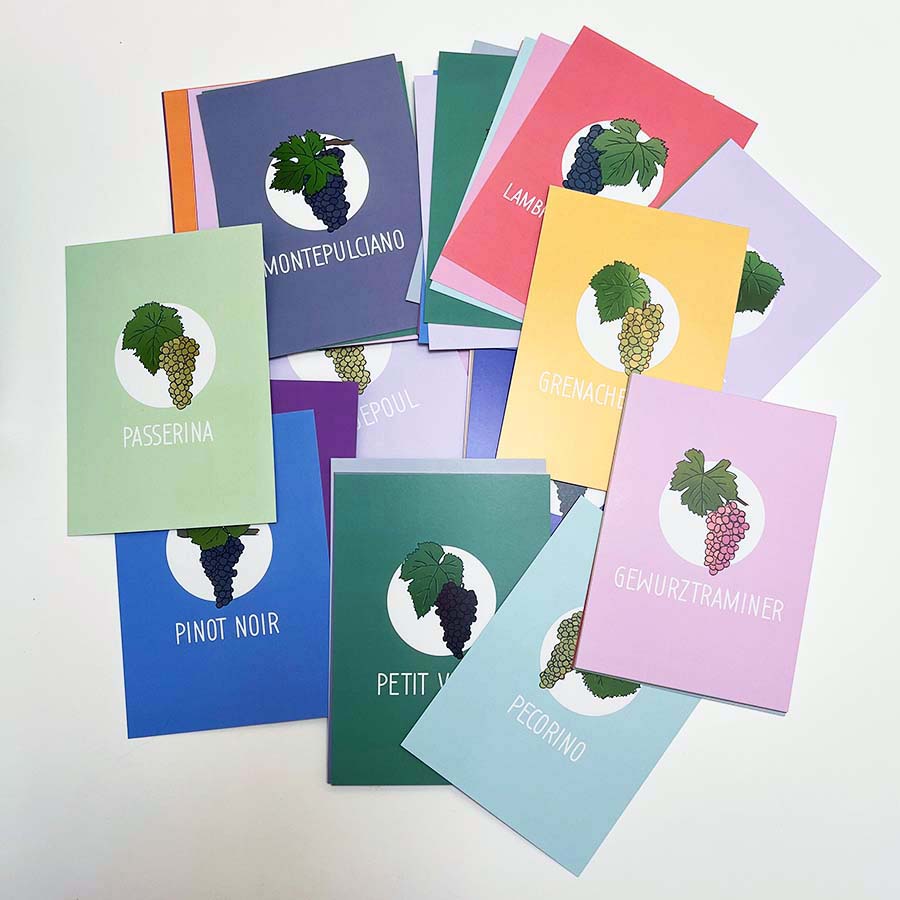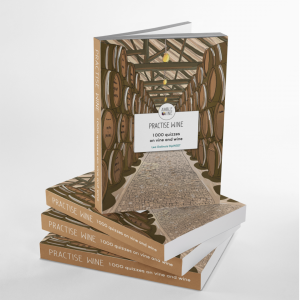How American Wines Saved European Winemaking
And why nearly every European wine today grows on American roots.
In the mid-19th century, European vineyards faced a near-total collapse. A microscopic louse called phylloxera, native to North America, had made its way to Europe and devastated the roots of Vitis vinifera, the dominant European grape species. Within decades, entire regions in France, Italy and Spain were suffering catastrophic crop loss.
The solution came from across the Atlantic. American grape species like Vitis riparia, Vitis rupestris, and Vitis berlandieri had natural resistance to the pest. European growers began grafting their traditional grapevines onto American rootstocks saving wine as we know it.
 Source: Wine Folly
Source: Wine Folly
 Source: WSET Global
Source: WSET Global
This partnership between European vines and American roots became the global standard. From Bordeaux to Barolo, from Rioja to the Mosel:most vines in Europe today grow on American rootstock. Only a few isolated pre-phylloxera plots remain ungrafted.
The American Legacy in Every Glass
This chapter of wine history connects the continents. Missouri and Texas were key exporters of rootstock. Scientists on both sides of the Atlantic collaborated to identify resistant species and refine grafting techniques. In the end, America didn’t just build a wine industry, it helped preserve Europe’s.
 Source: Decanter
Source: Decanter
 Source: Ara.cat
Source: Ara.cat
At americanwine.club, we embrace that legacy. Every bottle you enjoy, whether it’s a Napa Valley Cabernet, a Finger Lakes Riesling or a Sonoma Zinfandel, honors the transatlantic partnership that reshaped winemaking forever. And when you next open a European wine, remember: its roots may be American too.
Want to learn more?
Explore our curated stories and shop the excellent education resources from our valued partner Léa Gatinois, DipWSET, aka Amble Wine that celebrate the unique resilience, innovation, and shared history of wine cultures.






